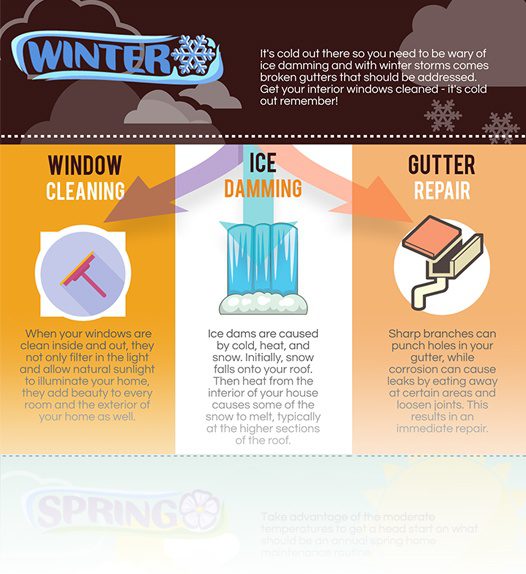Master The Key Stress Washing Techniques Fit For Different Surface Area Kinds To Understand Outstanding Outcomes-- Explore The Techniques That Lead To A Flawless Coating
Master The Key Stress Washing Techniques Fit For Different Surface Area Kinds To Understand Outstanding Outcomes-- Explore The Techniques That Lead To A Flawless Coating
Blog Article
Created By-Sahl Puckett
When it comes to push washing, the technique you pick can make all the difference in achieving a tidy, streak-free finish. You might discover that difficult surface areas, like concrete, require a different technique than softer materials, such as timber or vinyl. It's vital to adjust your approaches to the surface type to avoid damage while optimizing cleaning effectiveness. So, what are the most effective methods for every surface, and exactly how can you ensure you're using the right setups and tools for the job? Allow's explore what you need to know to obtain the most effective outcomes.
Difficult Surfaces
When it comes to push cleaning difficult surfaces, prep work is vital. Prior to you even think about pulling out the stress washing machine, make the effort to remove the area of any type of particles, furniture, or challenges. You do not desire anything entering your way or potentially harmful your devices.
Next off, evaluate view for any splits or damage; this will assist you establish the ideal approach and stress setups.
As soon as you have actually prepared the location, it's vital to pick the right nozzle. For difficult surfaces like concrete or block, a slim nozzle (15 or 25 levels) functions best to supply a concentrated stream of water that can efficiently get rid of crud and stains. Always start at a distance and slowly move more detailed to prevent any kind of surface area damage.
As you start cleaning, keep the stick transferring to stop streaks and over-saturation. It's also practical to function from the top down, allowing dirt and particles to wash away naturally.
Finally, bear in mind to rinse the surface completely after cleaning to remove any type of leftover cleaning agent. With these strategies, you'll achieve a clean and renewed look on all your hard surface areas.
Soft Surfaces
Pressure washing soft surfaces requires a gentler strategy to secure them from damage. Whether you're cleaning your deck, patio furniture, or exterior siding, making use of way too much stress can result in damages, scrapes, or even irreparable damage.
Begin by choosing a low-pressure nozzle, preferably a 25-degree or broader spray pattern, to spread the water a lot more carefully.
Prior to you begin, it's crucial to pre-treat any kind of stains with an appropriate cleaning remedy. This step allows the cleaner to penetrate the dirt and gunk, making it easier to get rid of without scrubbing too hard.
Constantly use the service from all-time low up to avoid streaking.
When you begin pressure cleaning, preserve a distance of a minimum of 12 to 18 inches from the surface. Move your stick in a sweeping motion, keeping it alongside the surface to stay clear of concentrated stress on one place.
Wash the area extensively after cleaning to remove any kind of recurring cleanser.
Lastly, inspect the surface for any missed out on spots and duplicate the procedure if required. By adhering to these actions, you can efficiently clean soft surfaces while protecting their honesty and appearance.
Specialty Surfaces
Cleaning up soft surfaces calls for care, however specialized surfaces require a lot more focus to detail. When you take on these surfaces, like fragile timber, tarnished concrete, or particular kinds of exterior siding, utilizing the right stress washing strategies is critical to stay clear of damage.
First, analyze the product. For instance, treated wood can often endure modest pressure, yet softer woods like cedar might call for a lower setting. Always start with cost to power wash driveway and progressively increase if required.
For discolored concrete, use a fan spray nozzle and preserve a constant distance to stop engraving the surface.
When handling surfaces like plastic house siding or repainted surface areas, a wide spray pattern helps disperse the pressure evenly, securing the finish.
It's also smart to utilize detergents specifically developed for specialized surface areas. They can enhance cleansing without endangering the product.
Wash thoroughly after cleaning to eliminate any deposit, as it can cause discoloration or deterioration gradually.
Conclusion
Finally, mastering stress cleaning methods for different surfaces can make all the difference in your cleaning outcomes. For difficult surface areas, stay with slim nozzles and a top-to-bottom approach, while soft surfaces require a gentler touch with wider nozzles. Do not neglect to pre-treat discolorations and rinse completely to stay clear of deposit. By adjusting your methods to each material, you'll not only attain a cleaner coating however also secure the honesty of your surface areas. Delighted cleaning!
